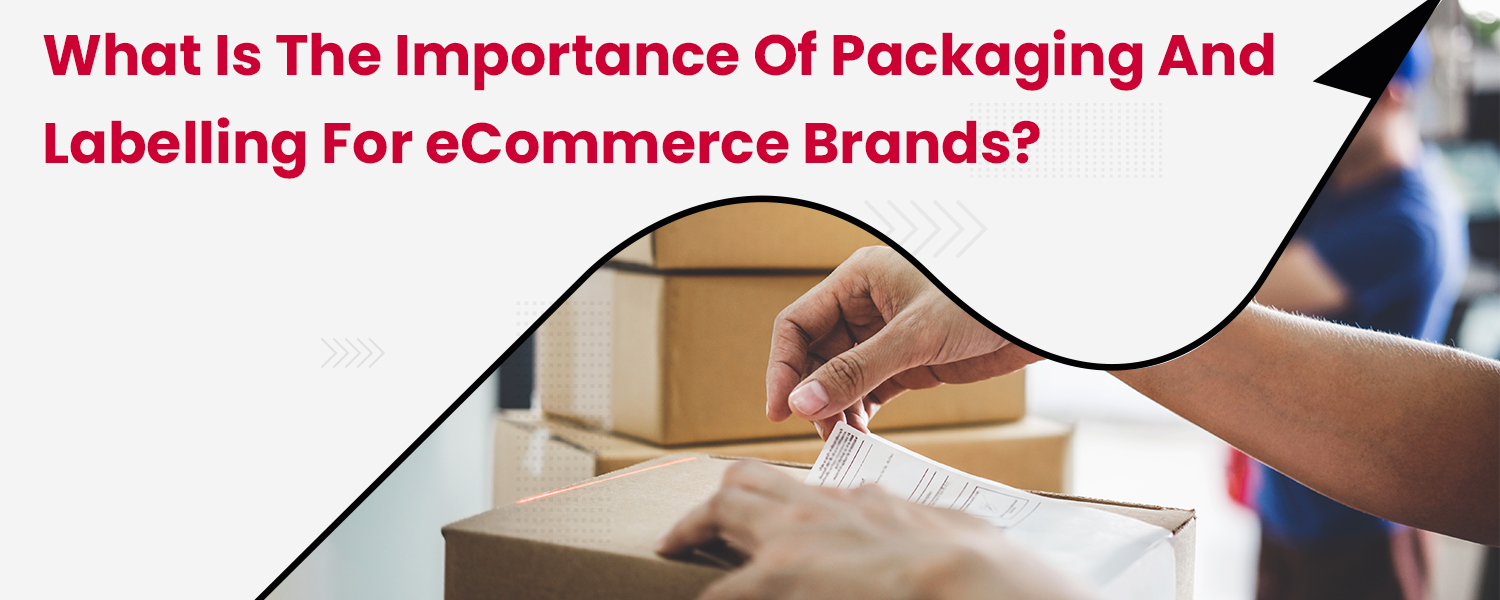While the majority of business owners prioritize sales and promotion, packing and labelling are often overlooked. Packaging and labelling directly influence sales and profitability since they provide specific information about the product’s price, quality, amount, intended use, ingredients, and characteristics. Additionally, they display the brand message and logo, which aids the customer in quickly locating the products by providing a recall value. Notably, labelling and packaging are critical components of a business’s entire marketing strategy.
Packaging and labelling contribute to the overall appeal of the product, and they provide all necessary information about it for buyers to make an informed purchasing decision. Notably, selling unlabeled items has severe penalties.
Functions of Labelling
Labelling provides buyers with relevant information about the product. The labels educate buyers about the product’s quality and features without having to taste or open it. Additionally, labels include information on the product’s pricing, quality, and quantity.
Customers benefit from the label because it enables them to make an informed choice. Based on the label’s information, the buyers may compare different items.
Labels make it easier for merchants to market their items, and they safeguard against middlemen’s misconduct. In a nutshell, labelling is a critical component that impacts sales and profitability and communicates information.
Labelling serves the following purposes in the eCommerce business:
1. Identification of the Goods
The label aids customers in recognizing the goods and brands, and it increases customers’ awareness of the product and brand.
2. Product Classifications
The label indicates the product’s grade. For instance, air conditioners are rated according to a star system, including 1 star, 3 stars, 2 stars, 5 stars, and 4 stars. It enables the buyer to select a product based on its quality.
3. Description of the Product
The label serves as an introduction to, description of, and expression of the product. It contains information such as who made the product, where and when it was produced, the contents, how to properly use it, and the best before date.
4. Promotion of Products
Labels assist in the promotion of items. Customers are attracted to graphs, signs, and figures, and it encourages people to purchase.
Functions of Packaging
The packing is the product’s exterior covering. It is critical as a sales tactic since it motivates buyers to purchase the products. It serves various purposes, including protection, ease of handling, ease of use, and storage. Packaging serves the following purposes:
1. Protection of Content
Packaging’s primary role is to protect the contents against dust, filth, damage, leakage, and theft, and it contributes to the protection of items throughout their life.
2. The Density of the Good
Packaging contributes to the product’s density, and it entails selecting the most appropriate packaging material and making the most use of the available surface.
3. Promotional Tool
Appropriate packaging enables products to be sold quickly and conveniently. It functions as a promotional tool because it self-advertises and displays information, and it is combined with packaging, size, design, and colour to capture the customers’ attention.
4. Product Identification
Branding and packaging are inextricably linked. The packaging enables buyers to recognize the product regardless of how they view it or under what conditions. You may say that packaging embodies the personality of a product.
Packaging and Labelling Are Critical
The importance of packing and labelling is sometimes underestimated in the realm of online retailing. While the product’s quality is critical, the packaging also plays a significant role. Packaging and labelling are key components of your product’s first physical impression on buyers. Consider the value of packing and labelling in the online business sector.
1. Decreases Rate of Return
Whether you sell food or electronics, you cannot afford to overlook the impact packaging and labelling have on consumers if you want repeat business. It holds value for both brick-and-mortar stores and online sales.
Sharp packaging draws the customer’s attention away from other items on the shelf at a retail store. Customers have a nice unpackaging experience while purchasing online from eCommerce marketplaces.
As such, packaging is essential in determining the state of the product when it reaches the buyer. The importance of first impressions cannot be overstated, and poorly packaged, and labelled products might increase return rates. Additionally, you may receive negative reviews.
2. Experiential Marketing
Consistent packaging and labelling across all items contribute to the brand’s consistency. Brands should guarantee that the same information is shared across all channels to guarantee that customers are familiar with the product’s quality. Additionally, this improves product recognition in both the offline and online markets.
You might consider if your packaging and labelling should be the same in the offline market and online market. Consider alternative or simple packaging for online items, as they require additional packing in corrugated or cardboard boxes. However, using alternative packaging may involve a greater cost.
3. Principles of Packaging Design
It is critical to follow best practices for packaging and labelling. Your packaging design should describe how your products and services work. As a result, your design should have lively colours and pictures. Inform customers about how your goods will meet their demands.
You may employ eco-friendly or sustainable packaging for your items. The majority of consumers are becoming more ecologically concerned and choose to purchase things packaged in sustainable materials. Consider completely recyclable or biodegradable packaging.
Handwritten shipping labels may be time-consuming and laborious, and they are printable. You can opt for personalized container labels; these may enhance brand recognition by differentiating you from competitors.
Conclusion
We want to emphasize the importance of packaging or labelling your items for the sake of it. These must be designed in such a manner that they safeguard your products while also facilitating their shipment. Packaging and labelling do not have to be complicated; they have to accomplish the key purposes; if you handle packaging and labelling in the right manner, your business is certain to grow and flourish!




